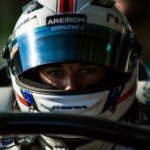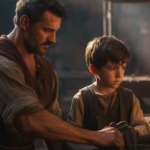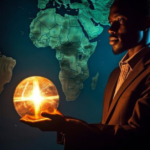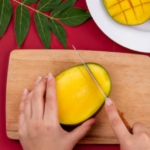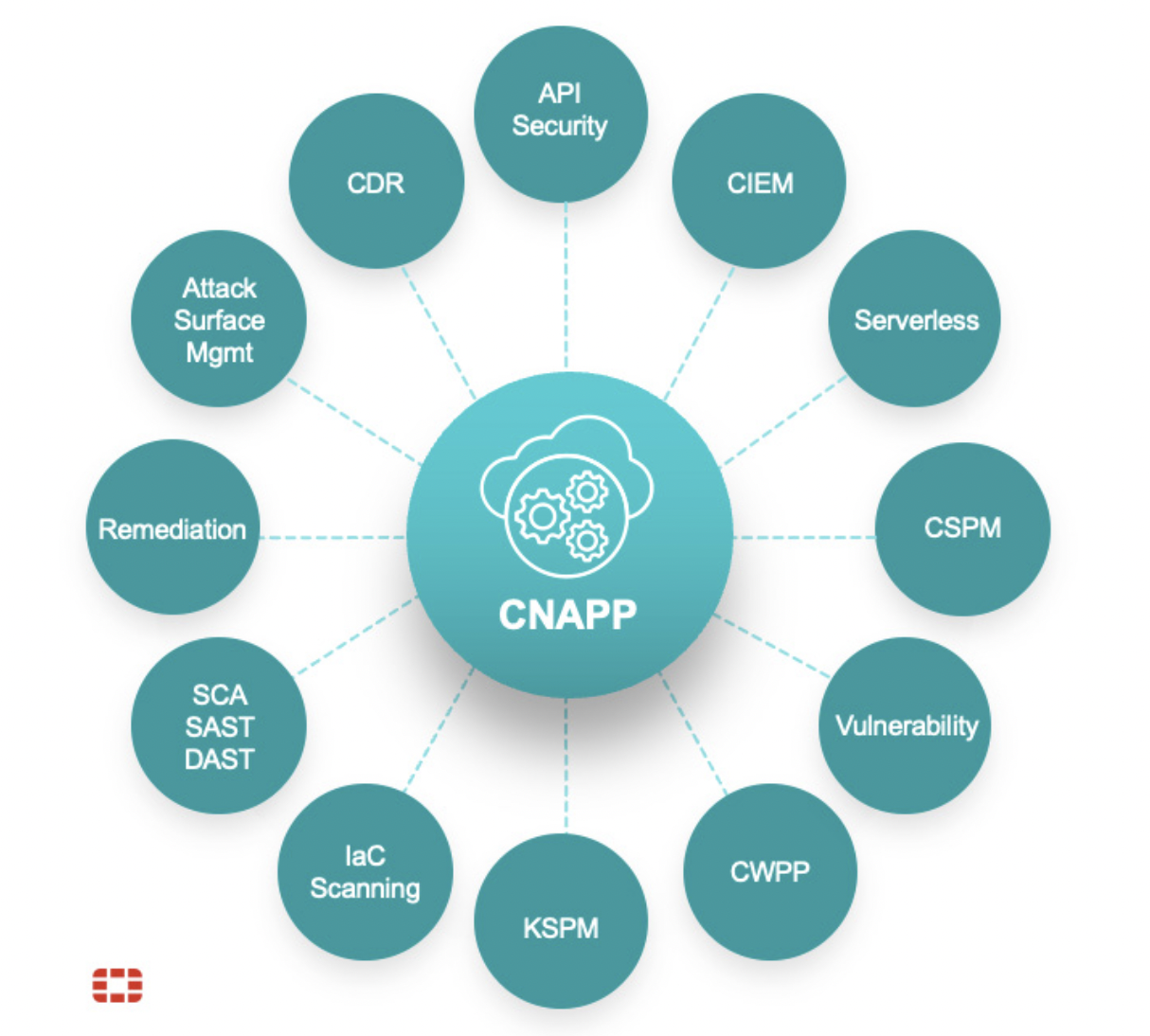Joshua Hagler explores how to give a shit about contemporary art in this ongoing series.
“I never believed in any of it,” Camilla says. “I never believed in God. I never had that transformative spiritual experience that gives [other religious people] that sense of God they describe.”
We sit with tea and talk in her studio, Camilla Taylor and me, about growing up Mormon in Utah. Maja and I used to be neighbors with Camilla and Jason, living in the same live/work building in Downtown LA, near the Arts District. We’re good friends now, three years on, and I’ve been following her work in sculpture and printmaking ever since. When I first got the idea to interview artists who grew up in deeply religious communities, Camilla naturally came to mind.
I ask her why she thinks she might not have shared the same beliefs that everyone around her seemed to have. She explains that, at eight years old, in Mormonism, one is baptized and becomes an official member of the church. She pulls no punches.
“When it was my turn to be baptized, I didn’t want to be. They expect every little duped eight year old to say, ‘yaaay, baptize me!’ And I said no. I don’t want to be.”
“Just like that?” I ask. “Just a flat no?”
“Well, what they said was, now anything you do you’re held accountable for. If you’re not baptized, you’re not accountable for your sins because you don’t know what you’re doing wrong. So if you’re not Mormon, you won’t go to Hell because you don’t know what you’re doing. So I didn’t want to be. It was very embarrassing for my family. They just told me, then, ‘you’re going to be baptized.’ So I was baptized by coercion.”
She sits on her stool across from me, doing that thing Camilla does, which is straighten her posture into a kind of sardonic primness where neck shoots directly up into the slightest of grins, waiting for the listener to match her pace. One thing about Camilla is, she’s always at least one step ahead.
Which is a joke you won’t get,” she says.
“What?” I say.
“Mormons call it Baptized by Immersion.”
And just as I’m catching up to the fact that we’ve reached the land of nerdy religious puns, she adds with the same deadpan indifference, the coups de grâce.
“Which is also how I got pregnant later.”
I ask her a strange type of question other religious people from a broadly Christian background might think to ask. “Did you ever lie in bed at night and think, well, not believing in God is exactly what the Devil would want me to do?”She laughs. “Yes! You feel that guilt just for doubting. You think ‘What’s wrong with me?’”I tell her how one reason Camilla feels she never truly believed the teachings of Mormonism had something to do with the sense, early in her childhood, that she wasn’t going to grow up to be the type of woman Mormonism wanted her to be, which to her mind, was something like an empty vessel or a possession.
“Yeah, there’s a heavy obsession with purity. When the body is controlled then, you know…,” she pauses, “…you are controlled.”Control of the body becomes a theme among the artists I talk to.Born to an Apache mother, ritualist and performance artist Timothy White Eagle was adopted by a white Mormon family.
“I felt very connected to it for awhile. But when I started to realize I was gay, there was a big internal struggle with it.”
Timothy and I can see each other over Skype, and I like his style. Long white hair and beard, with a different posture than Camilla, but with the same satisfying habit of allowing the more shocking content of what he has to say to land flat and plain.
“I regularly heard you would be better off dead than gay. I heard that if I prayed it would be taken away. It was seen as some kind of weakness of character, and if I prayed hard these feelings would go away. I would be transformed.”
He explains how his father sent him to a Mormon junior college to be “straightened out,” which he’s not sure is because his father knew he was gay or just because he was rebellious. Both he and one of his friends went through different kinds of “research programs” to “cure” them of homosexuality.
“BYU did a lot of research in direct aversion therapy. They were hooking people up to electrodes and electrocuting them while they were forced to watch gay porn, and then showing them images of a boy/girl relationship. I had a friend who went to his father when he was fifteen and said he might be gay. He went through a different program where they gave him some kind of I.V. drip that would make him vomit while he watched porn.”
“That sounds straight out of Clockwork Orange,” I tell him.
“Yeah. Yes, totally,” he says. “I went through a much simpler, less invasive program. I got caught having sex and I was told that if I didn’t go through this program I would get sent home [from college]. I just had to talk to a counselor every week about how horrible gay life would be and how I’d grow up to be a drug addict and commit suicide. You went through a workbook that follows this story about a gay guy who goes through this whole thing, finds a wife and comes back to the church.” He adds, “Tolerable compared with what my friend went through.”
And should we think, here in the U.S., and particularly in California, that features of control and purity are unique to the usual suspects like Christianity and Islam, this is not at all the case according to photographer Siri Kaur, who grew up in an American Sikh (or 3HO) ashram in a sparsely populated area of Maine.
“You had to pray for six hours a day,” she explains over Skype. “It was super fucking strict. Only eat vegetarian food, never cut your hair, you can’t drink alcohol, you wear crazy clothes, give all your money away…”
Like most religions, the list of rules and prohibitions goes on and on. There is an excitement, even exuberance in Siri’s tone, a rush to grab hold of her thoughts and memories before they slip away, since, she says, she never really gets the chance to talk about it and has been reluctant to in the past. Something anyone talking with Siri will notice right away is her striking ice blue eyes, which, funny enough, become a subject in our discussion that highlights the way in which non-Western religion is bizarrely idealized and misunderstood in Los Angeles.
“I’ll go to a Yoga class, and they’ll see my name written down and they’ll know I’m connected somehow to Kundalini Yoga, and I’ll explain that I was raised in the ashram and they’ll be like, ‘oooooh…THAT’s why you have the eeeeyes…’ and I’m like, ‘Nooooo, that’s not why I have the eeeeyes. I’m Icelaaaaandic.’”
I can’t help but burst into laughter when I hear this, and she seems to appreciate it. All joking comes as a relief in these conversations because they tend to take the strangest twists and turns. Considering that we had just finished discussing the time someone in her family’s sect, possibly having caught wind of her father’s plan to leave the ashram, kidnapped her and her mother and hid them somewhere near D.C. before her father and a friend were somehow able to find them.
Former Evangelical Christian Joel Daniel Phillips, who makes photorealistic drawings of those living on society’s fringes, situates himself and his work in this complex dilemma. I contact him through Skype at his studio in Tulsa, Oklahoma where he’s currently doing a year-long fellowship. Joel was homeschooled as a kid, and grew up rather isolated with his family in a woodsy area outside of Redmond, Washington.“My parents have always lived in this kind of contradiction of pushing the envelope for hardcore conservatism…they at the time were into that kind of James Dobson (Focus on the Family) separatist Christian ideology, and most of my friends were in that same place with their families.”
“There’s two sides to it,” he continues.
“There’s this isolationist side that wants to keep their kids away from the real world. People will ask, ‘oh my God, what was it like being homeschooled in the forest with a militant religious family who didn’t believe in evolution?’ But my mom honestly wanted us to make our own decisions and have our own opinions. That might seem counter to what you expect from religion, but we didn’t have tests and we didn’t have timelines and we were able to decide what we wanted to study, and she would say, well, okay, here’s what we need to do that. “[For example] early on, my brother was kind of a pyromaniac and she was able to help him focus that and we got really into building rockets and taking apart engines and building bombs out of them or whatever he wanted to build! The amount of explosives we had in the garage, if somebody had walked into this crazy homeschooled family in the forest we’d all have gone to federal prison!”
At this point, Joel and I are both laughing too much for me to understand everything that comes next. But I do my best to listen.
“At one point he actually built a working jet engine with a compressor and gasoline and everything..my mom gave him high school science credit which was really just him taking apart fireworks and making bigger fireworks out of them. At one point he built a shoulder-mounted rocket launcher that shot model rockets out of it.”
“Our curriculum for the most part was the same as other kids our age at public school, but the pace was much faster, so we could be done at noon and be building tree forts for the rest of the day. And because I didn’t have anyone I was comparing myself to socially…we just did nerdy things because we didn’t know we weren’t supposed to. I was very comfortable making things by myself. So I’m grateful for that.”
I tell him it sounds really healthy and wonder aloud whether, if it’s healthy for kids to be raised this way, and is it wrong?
“You know, that part of it is good, but on the other hand, it was really isolating, and…my parents were teaching us things like six-day creationism, and that evolution isn’t real…it wasn’t quite brainwashing, but it was a particular worldview pushed over and over and over again.”
Painter Nathaniel Evans shares Joel’s experiences, and, like Joel, had a mother who encouraged creativity. He was also homeschooled and raised in isolation in the woods. Outside Knoxville, Tennessee, growing up in a Pentecostal family, it was his grandfather who founded the church to which they belonged. In his grandparents’ era, it wasn’t uncommon for fist fights to break out over doctrine controversies and for one suitably fed up to strike out on his own, in true Lutheran fashion, and start his own church. This is a part of his family’s history neither of us can resist laughing about, while perhaps discretely admiring.
Over the phone from Austin, he explains that, to his parents, public schools had too much D.A.R.E and not enough Creationism. But he embraces the same felt paradox of isolationist upbringing that Joel, Tim, and Siri speak to as well.
“As much as I push back on the religious aspect of it, it was really a magical time. We didn’t go into town. We didn’t have many friends. I had three brothers…we would play in the wilderness, and we had this reverie toward nature. You’re very aware that God created all this, and you feel a connection…”
What I appreciate about Nathaniel, Joel, and drawer/painter Casey Jex Smith is that although there might have been somewhat less at stake for them as heterosexual boys within their religious upbringings, their decisions to leave had as much to do with how others outside of their group were treated as it did with any normal need for self-preservation. For any who have abandoned patriarchal religious practices, one knows that heterosexual men stand to gain the most, potentially rising in rank, while anyone else is subject to their interpretations of that religion’s belief system, which inevitably disempowers all those who fall outside of that ranking structure.
Yet, for some, there is the extra complication of being unable to find an alternative community once one has parted ways from his or her inherited one. This point proved true for Casey, a Mormon who doesn’t have a literal belief in what Mormonism teaches, but who identifies culturally with his smaller group of Mormon friends. These friends range from those who believe to those don’t, some of whom are even activists of a certain kind, making it their business to bring light to Church “misuse” as it happens.
Casey, having relocated to Utah with his wife and two children after many years in San Francisco, laments both that he doesn’t agree with the Mormon faith and that his identity as a Mormon in San Francisco worked toward being excluded from certain art circles.
At this point in the conversation, I introduce Casey to the concept of the “shame sandwich,” a corny phrase I’ve so far only referred to in the company of friends with religious backgrounds. Shame is automatically understood by such friends because we grew up believing we were inherently flawed (Original Sin). Because of Adam and Eve’s Fall, we are all born incomplete and in need of redemption. If you’ve spent the first, say, twenty years of your life believing this, that twenty year period is your “bottom bread.” Later, one situates him- or herself in a new community, and, as is the case in parts of San Francisco and Los Angeles, among other places, finds a “top bread” waiting. This is similar to the bottom bread in that its function is to shame the contents in the middle. If that represents the next twenty years of a life, that’s one hefty top bread.
“That’s exactly what I went though. It started to affect my art career in San Francisco. People wouldn’t show me. They’d ask are you still going to church? And then I would not get a return on an email. Or I was invited to be in an inaugural show down in LA and then there was this nasty email from someone connected to the gallery about my Mormonism, and then I got booted out of their inaugural show…by the time I left San Francisco, I couldn’t show there. And I was showing in New York, in Paris, in Chicago, doing fine, but where I lived, I felt blacklisted. I was just trying to do my best. It was just that I was still going to church. That’s what it was. So yeah, I felt the double shame. Not feeling like I belonged to either.”
For those raised in religion, we know this to be an ironic feature about many social cliques in the art world, that the dogma which it professes to avert is not so dissimilar from the dogma it practices. I recall author Sarah Thornton’s reference to the art world as an “alternative religion for atheists,” not as a judgment of the art world, religion, or atheism, but as a simple observation.
Tim observes this aspect of the art world as well, though from another angle. Just as certain folks in the art world of San Francisco seemed uncomfortable with Casey’s faith being socially ambiguous, Tim points out another of its discomforts, not as a complaint, but as a reflection of his own experiences.
“There is a certain amount of energy [in the art world] that doesn’t want to give you credibility if you’re using ritual… well…serious ritual. An art ritual would be something above an actual belief that this is a ritual that could transform. There needs to be some kind of irony or distance that makes it okay for the nonbeliever.”
Whether atheistic or spiritually minded, I find that what those who come from religious backgrounds have in common is a comfort in paradox, where two opposite truths can be held at once, and false dichotomies more happily avoided. This was highlighted when I asked Nathaniel Evans whether he thought he was an artist because of or in spite of his religious upbringing, to which he answered, “It’s a false dichotomy.” Even Timothy with the ambivalence one could imagine he might well deserve to have toward his adoptive father believes that his father’s energetic manner of spirituality was valid, just expressed through a filter that had its problems.
The dismissal of religion as something for a handful of country bumpkins or fringe lunatics renders its many facets invisible to those in so-called secular communities blind to its own problematic behaviors and belief systems. Part of what makes indoctrination possible is the tendency for the group to imagine anyone outside of itself as uniquely stupid, threatening, willfully hatching a dastardly plan to bring the group down or hold it back, and generally undeserving of the same opportunities, which, in turn, justifies hoarding them. I recall, in my Christian days, the way in which one could never be Christian enough, its fundamentalist extremity requiring more and more evidence from its followers that, should we deserve to call ourselves Christians at all, we ought to be evermore identically minded, evermore maximally committed. The further toward the edge it went, the easier it became to justify malice toward any outside the group, whereas, toward the center, malice wasn’t a required aspect of faith. The more one knows about religious life, it seems, the more one finds it everywhere.
A pair of pewter hands lay gently on the floor at the end of two long black arms extending downward from a headless humanoid figure suspended from the ceiling by a chain. A little distance from the hands rests a massive paper clay head, black in color, gender uncertain, eyes closed. The relationship between the two forms, the head and the body, is discreet if even intended. I am arrested not just by the sculptural forms but by the space between them. Or the silence in the space between them. And for reasons I don’t comprehend, I sense that I care for them.
This is how I experienced two of Camilla Taylor’s sculptures at one of her art shows last year.
I’ve told her before how they made me feel. In her studio, I come to appreciate the work more knowing now, for example, the personal cost of an upbringing in what she refers to as a Mormon cult. I tell her that although we’re both nonbelievers I don’t see her work as antithetical to religious or spiritual expression.
against my upbringing. I can think about the ideas they talked about, that this world is scary and our lives transitory. So much of [what I heard] was a reaction to mortality. I don’t have the answers…but I want to reach something in people’s minds that’s subconscious, that feels very private.”
I reflect on how, along with the sophistication and ability to measure, evaluate, and question that all these artists have, that the work itself reveals another kind of faith, one that while not pinned to any religious tradition, acknowledges the limitations of explanation and trusts in what might be revealed in the process.


